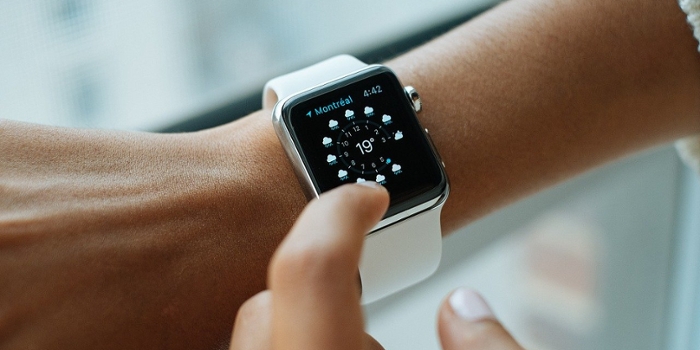Embodiment of Wearable Technology: Qualitative Longitudinal Study
Artikel
Background: Current technology innovations, such as wearables, have caused surprising reactions and feelings of deep connection to devices. Some researchers are calling mobile and wearable technologies cognitive prostheses, which are intrinsically connected to individuals as if they are part of the body, similar to a physical prosthesis. Additionally, while several studies have been performed on the phenomenology of receiving and wearing a physical prosthesis, it is unknown whether similar subjective experiences arise with technology.
Objective:
In one of the first qualitative studies to track wearables in a longitudinal investigation, we explore whether a wearable can be embodied similar to a physical prosthesis. We hoped to gain insights and compare the phases of embodiment (ie, initial adjustment to the prosthesis) and the psychological responses (ie, accept the prosthesis as part of their body) between wearables and limb prostheses. This approach allowed us to find out whether this pattern was part of a cyclical (ie, period of different usage intensity) or asymptotic (ie, abandonment of the technology) pattern.
Methods:
We adapted a limb prosthesis methodological framework to be applied to wearables and conducted semistructured interviews over a span of several months to assess if, how, and to what extent individuals come to embody wearables similar to prosthetic devices. Twelve individuals wore fitness trackers for 9 months, during which time interviews were conducted in the following three phases: after 3 months, after 6 months, and at the end of the study after 9 months. A deductive thematic analysis based on Murray’s work was combined with an inductive approach in which new themes were discovered.
Results:
Overall, the individuals experienced technology embodiment similar to limb embodiment in terms of adjustment, wearability, awareness, and body extension. Furthermore, we discovered two additional themes of engagement/reengagement and comparison to another device or person. Interestingly, many participants experienced a rarely reported phenomenon in longitudinal studies where the feedback from the device was counterintuitive to their own beliefs. This created a blurring of self-perception and a dilemma of “whom” to believe, the machine or one’s self.
Conclusions:
There are many similarities between the embodiment of a limb prosthesis and a wearable. The large overlap between limb and wearable embodiment would suggest that insights from physical prostheses can be applied to wearables and vice versa. This is especially interesting as we are seeing the traditionally “dumb” body prosthesis becoming smarter and thus a natural merging of technology and body. Future longitudinal studies could focus on the dilemma people might experience of whether to believe the information of the device over their own thoughts and feelings.
These studies might take into account constructs, such as technology reliance, autonomy, and levels of self-awareness.
